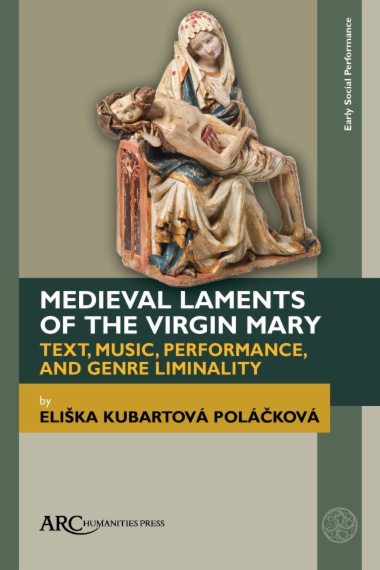

Neuroinflammation is a burgeoning area of interest in academia and biopharma, with a broadly acknowledged role in many central nervous system (CNS) disorders. However, there is little agreement on the pathophysiological mechanisms that underlie the manifestations of neuroinflammation in the CNS compartment and how neuroinflammation operates as a driver and also as a consequence of disease in the brain. Moreover, another unclear area is how to translate increased understanding of the mechanisms that underlie neuroinflammation and its manifestations in the CNS to therapeutics.
To address these gaps in understanding mechanisms and how to translate that understanding into therapeutics, the Forum on Neuroscience and Nervous System Disorders of the National Academies of Sciences, Engineering, and Medicine convened a workshop on March 20-21, 2017, bringing together key leaders in the field from industry, academia, and governmental agencies to explore the role and mechanisms of neuroinflammation in a variety of CNS diseases. The workshop also considered strategies to advance the identification and validation of biomarkers of neuroinflammation that could accelerate development of therapies, bringing much-needed treatments to patients with disorders ranging from neuroinflammatory diseases such as multiple sclerosis (MS) to neuropsychiatric disorders such as depression. This publication summarizes the presentations and discussions from the workshop.